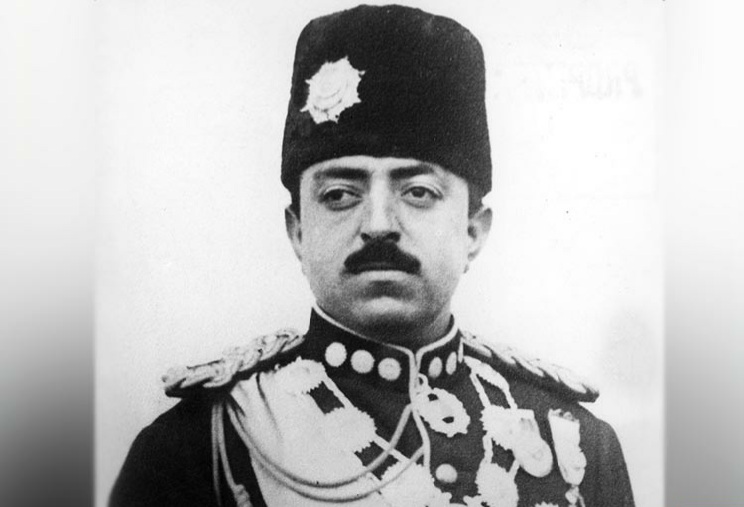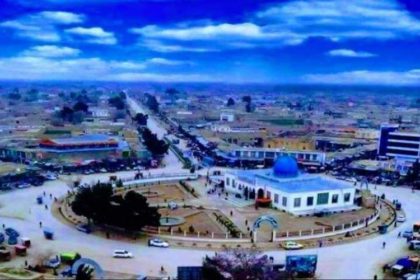Amanullah Khan, who proclaimed himself King of Afghanistan following his father’s assassination in Laghman, initiated his reign by dispatching a letter to the Viceroy of British India. In this correspondence, he insisted on the renewal of the Rawalpindi Treaty with the British, formally recognizing the Durand Line. This Barakzai King, having secured the endorsement of the Naqelin Charter in Eight section, not only oversaw the relocation of Pashtuns from southern provinces to the north but also facilitated the ingress of tribes beyond the Durand Line, including those from Waziristan.
According to Ghubar records, in April 1920, Mawlawi Abdul Bari Khan Hindi, acting on Amanullah Khan’s directive, published a declaration in India’s Freedom newspaper. The declaration suggested that if the people in India faced challenges under British rule, they should consider migrating to another land, namely Afghanistan. Subsequent to this directive by King Barakzai, the initial cohort of migrants beyond the Durand Line, numbering twenty-five thousand, entered Afghanistan with the consent and collaboration of the British Indian government.
The young king, captivated by ethnic superiority and inspired by Hitler’s fascist doctrines, elevated the prominence of Pashtun culture in Afghanistan. With the approval of the Naqelin Charter towards Qataghan, he not only facilitated the movement of Pakistani Waziristanis northward but also sowed seeds of hypocrisy and animosity among the nation—a legacy the Taliban persist in pursuing. King Barakzai, post-assumption of power, immersed himself in European freedom ideologies and hedonistic pleasures, devoid of any governance or progressive thinking, influenced by the fascist philosophy of Mahmmoud Tarzi.
Tarzi propagated the belief that the roots of all Aryan peoples globally could be traced back to the Pashtuns of Afghanistan. This nationalist ideology, rooted in Afghanistan, led to the egregious error of the “pure and superior race,” intensifying notions of superiority and dominance, propelling the nation towards discord and disbelief. Amanullah Khan, beyond granting lands of the northern people to Waziristani migrants and southern Pashtuns, allowed them unrestricted movement and engagement in trade across Afghanistan as guests of the government. On the April- 2- 1923, King Barakzai, by instituting tribal injustice, ethnic discrimination, and the confiscation of lands from non-Pashtun communities, sanctioned the “Naqelin Charter Towards Qataghan.” This charter stipulated the allocation of six acres of land for each unmarried “Naqel” individual and eight acres for each Naqel family, accompanied by the necessary seeds and crops.
In conjunction with the distribution of lands to the northern populace, King Barakzai ensured the sustenance of Pashtun migrants through the monthly provision of five rupees in cash for each person, 35kg flour for adults, and 21kg flour for minors. Amanullah Khan, beyond transferring lands from the northern people to Waziristani migrants and southern Pashtuns, granted them, as official government guests, the legal right to travel and engage in commerce across Afghanistan. This included Yaqoob Khan, the governor of Kabul, who, despite lacking legal authority, distributed numerous mountains in non-Pashtun regions to the nomadic Naqel tribes.
Despite the orchestrated programs and fascist methodologies, the bitter irony in the nation’s history is encapsulated in Amanullah’s entangled rule. He endeavored, based on a fascist strategy of tribal and linguistic divisions, to construct a new identity for the ruling Pashtun tribe. Key components of this identity encompassed a focus on tribal values, the northward expansion of Pashtun tribes, the fortification of the Pashto language, governance over the Afghan/Pashtun nation, ethnic and linguistic purging, and the persistent displacement of populations to disrupt the ethnic composition and dominance of non-Pashtuns in their regions.
Nevertheless, despite Amanullah Khan’s imprudent behaviors and hypocritical maneuvers, his rule yielded nothing but nationalism and animosity among the Afghanistan people. While he is perceived favorably by the populace, the implementation of the Naqelin Charter towards Qataghan and the proclamation of open policies for the migration of Pashtuns from Waziristan to northern Afghanistan served as weapons in the hands of the ruling tribe—tools employed to sever the roots and historical heritage of non-Pashtun society. Presently, the Taliban, as successors to Pashtun tribes, are realizing facets of that project by adhering to the same tribalistic ideology.






